
William Thomas Strayhorn was an American jazz composer, pianist, lyricist, and arranger, who collaborated with bandleader and composer Duke Ellington for nearly three decades. His compositions include "Take the 'A' Train", "Chelsea Bridge", "A Flower Is a Lovesome Thing", and "Lush Life".
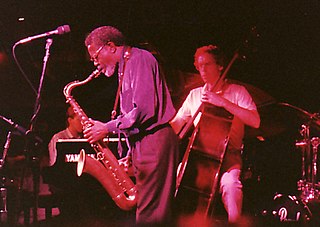
Joe Henderson was an American jazz tenor saxophonist. In a career spanning more than four decades, Henderson played with many of the leading American players of his day and recorded for several prominent labels, including Blue Note, Milestone, and Verve.

Jazz at Lincoln Center is part of Lincoln Center in New York City. The organization was founded in 1987 and opened at Time Warner Center in October 2004. Wynton Marsalis is the artistic director and the leader of the Jazz at Lincoln Center Orchestra.
"Take the 'A' Train" is a jazz standard by Billy Strayhorn that was the signature tune of the Duke Ellington orchestra.

Ella Fitzgerald Sings the Duke Ellington Song Book is a 1957 studio album by the American jazz singer Ella Fitzgerald, accompanied by Duke Ellington and his orchestra, focusing on Ellington's songs.

William Alonzo "Cat" Anderson was an American jazz trumpeter known for his long period as a member of Duke Ellington's orchestra and for his wide range, especially his ability to play in the altissimo register.
"Lush Life" is a jazz standard that was written by Billy Strayhorn from 1933 to 1936. It was performed publicly for the first time by Strayhorn and vocalist Kay Davis with the Duke Ellington Orchestra at Carnegie Hall on November 13, 1948.
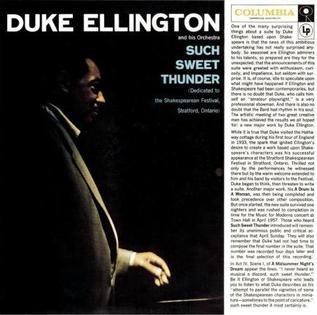
Such Sweet Thunder is a Duke Ellington album, released in 1957. The record is a twelve-part suite based on the work of William Shakespeare.
Dameronia was the name of a bebop jazz ensemble founded by Don Sickler and Philly Joe Jones in the 1980s that featured the original compositions and arrangements of Tadd Dameron. They recorded three albums, two for Uptown Records and the other for Soul Note Records, and continued to perform even after Jones' death in 1985. The nonet, which included several of the composer's colleagues, attempted to create an "historically accurate" representation of Dameron's music.
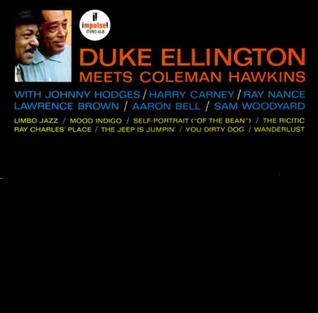
Duke Ellington Meets Coleman Hawkins is a jazz album by Duke Ellington and Coleman Hawkins that was recorded on August 18, 1962 and released in February 1963 by Impulse! Records.

"Chelsea Bridge" (1941) is an impressionistic jazz standard composed by Billy Strayhorn. Strayhorn biographer David Hajdu notes that "[u]nlike conventional tune-based pop and jazz numbers of the day, 'Chelsea Bridge' is 'classical' in its integration of melody and harmony as an organic whole." He also observes that it "vividly evokes the water below" the bridge rather than the bridge itself and that the piece is indebted to the work of Claude Debussy. Hajdu also quotes noted jazz arranger and composer Gil Evans as saying, "From the moment I first heard 'Chelsea Bridge,' I set out to try to do that. That's all I did ... tried to do what Billy Strayhorn did." In an analysis of the piece's haunting melody, Gunther Schuller writes: "What Strayhorn exploited in the theme of 'Chelsea Bridge' is the duality of its chromatic harmonies. The theme is set in its first three bars in minor sixth chords with an added major seventh. However, Strayhorn causes us to hear these harmonies as if they were whole-tone chords. He achieves this effect by two means: 1) through orchestrational and dynamic stressing of the three upper notes [and] 2) by setting these sixth chords in their third inversions. This latter device takes away the rootedness of the harmonies, letting them float, so to speak, more towards the top of their structure."
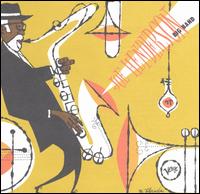
Big Band is a 1997 album by the jazz saxophonist Joe Henderson, the fourth of the five albums he recorded with Verve Records at the end of his career. As the title suggests, it contains arrangements for a full big band.
Stephen Scott in is an American jazz pianist. Scott played piano from the age of five. While attending New York’s High School of the Performing Arts he was introduced to jazz by alto saxophonist Justin Robinson, in particular the music of Wynton Kelly and Red Garland. Later, he took private lessons at the Juilliard School of Music.

A Drum Is a Woman is a musical allegory by American pianist, composer and bandleader Duke Ellington and his long-time musical collaborator Billy Strayhorn. It tells the story of Madam Zajj, the personification of African rhythm, and Carribee Joe, who has his roots firmly in the jungle with his drums. Zajj travels out into the world seeking fame and sophistication and melds with the influences of cultures she weaves through the story, which gives a brief history of the rise of jazz and bebop.
This is the discography of jazz musician and composer Wynton Marsalis.

Gettin' to It is the debut studio album of American jazz bassist Christian McBride. The album was released in 1995 via Verve label.
"Isfahan" is a jazz piece credited to Billy Strayhorn and Duke Ellington and released on Ellington's 1967 album The Far East Suite; Isfahan is a city in Iran. It features long-time Ellington soloist Johnny Hodges on alto saxophone. It was originally called Elf when Strayhorn composed it, months before the 1963 Ellington orchestra world tour during which the group traveled to Iran.

Something to Live For: A Billy Strayhorn Songbook is an album by the pianist John Hicks, recorded in 1997 and released on the HighNote label. The album contains ten compositions by Billy Strayhorn, along with two by Hicks.
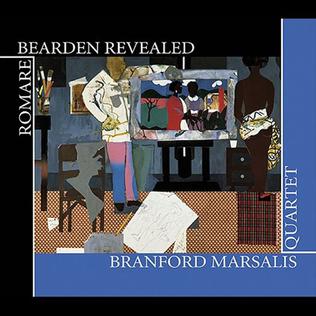
Romare Bearden Revealed is a jazz album by the Branford Marsalis Quartet, featuring Branford Marsalis, Eric Revis, Jeff "Tain" Watts, and Joey Calderazzo, with guest appearances by Harry Connick Jr., Wynton Marsalis, Doug Wamble, Reginald Veal, and other members of the Marsalis family. The album, which was recorded June 23–25, 2003 at Clinton Studios in New York, New York, was recorded in celebration of a retrospective exhibit of the art of Romare Bearden which opened at the National Gallery of Art in Washington DC and subsequently traveled to San Francisco, Dallas, New York and Atlanta in 2004 and 2005. The album recorded jazz tunes whose names Bearden had used for paintings as well as original compositions.
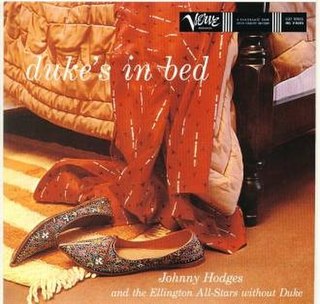
Duke's in Bed is an album recorded by American jazz saxophonist Johnny Hodges with members of the Duke Ellington Orchestra featuring performances recorded in 1956 and released on the Verve label. All arrangements were done by Billy Strayhorn.













